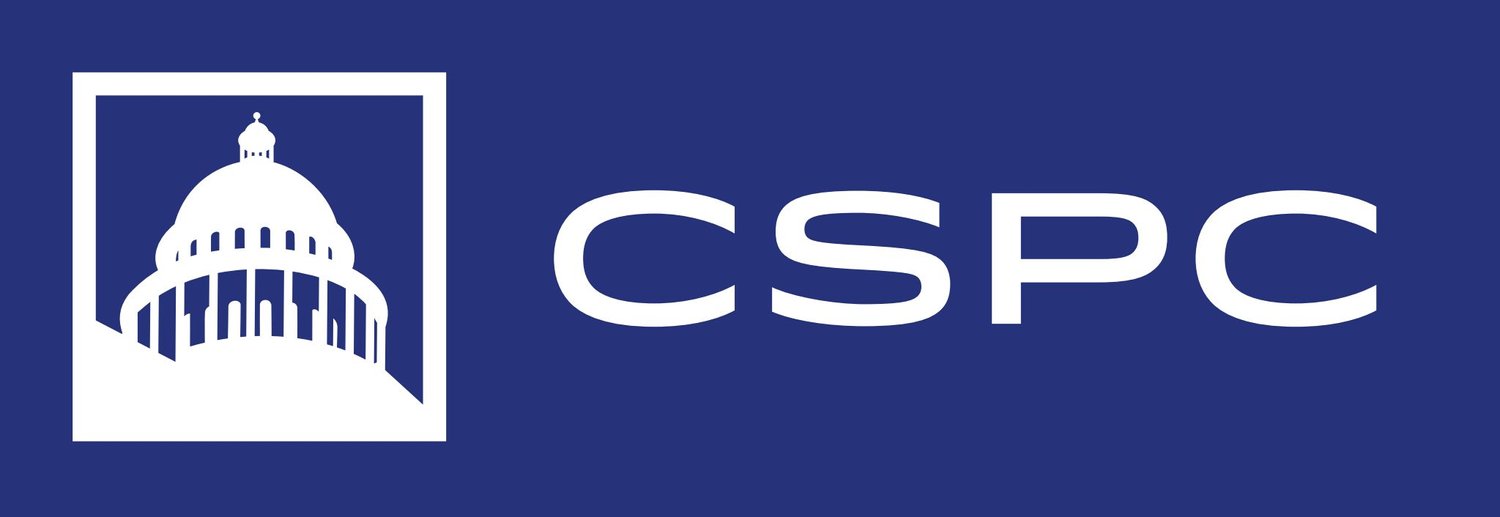Trends in Latin America & Presidential Leadership
Too often, presidential administrations see the Western Hemisphere as a geopolitical afterthought. Despite geographic proximity, economic opportunity, and generally shared political values, the lack of a “crisis” in the region has relegated it to the bottom of the inbox behind other geopolitical regions such as the Middle East, Eastern Europe, and East Asia. While the United States has been forced to confront challenges in these regions—and will continue to do so—it cannot continue to be at the expense of opportunities to improve relations with partners in the Western Hemisphere.
Over the past year and a half, the Center for the Study of the Presidency & Congress has analyzed how the regional narrative has changed in ways that demonstrate the importance of political reform and economic growth to regional stability and integration. In many cases, it has been the Latin American middle classes and their increasingly global outlook that have driven this process. In others, it has been a combination of bold political leadership and reformist thinking that has driven new approaches to regional problems. In all areas, the growth of entrepreneurialism and private-sector initiative has been key to transforming Latin American economies and, thus, demanding more of Latin American political systems.
“Trends in Latin America & Presidential Leadership” appears in the September 2016 edition of the Center's Academic Journal, Presidential Studies Quarterly. The article is adapted from the CSPC Report “The United States & Latin America: Opportunities for Hemispheric Integration Based on Economic Growth & Political Reform.”
publication details
Authors:
Publication date:
August 15th, 2016
Pages:
15

